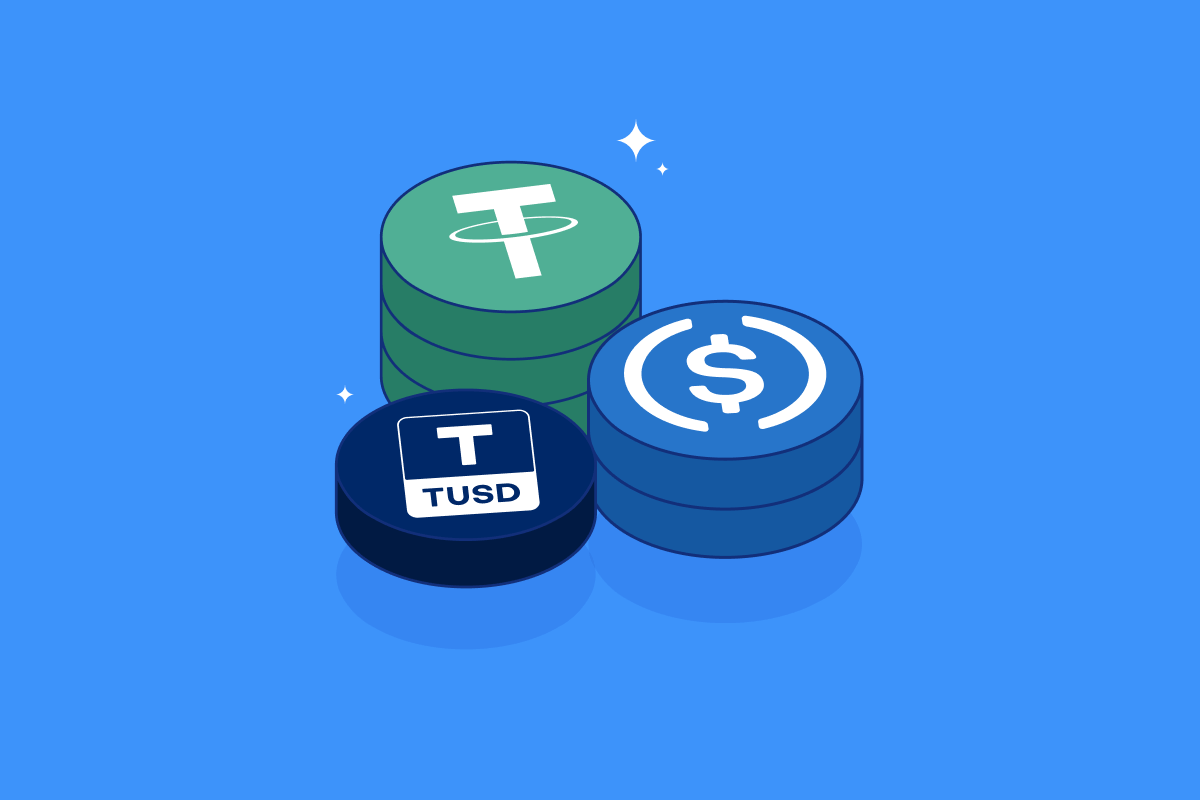Deflation in Cryptocurrency
What is Deflation?
Deflation refers to a decrease in the general price level of goods and services in an economy over time. In the context of cryptocurrencies, deflation often pertains to the reducing supply of a digital asset, leading to an increase in its value. This phenomenon can significantly impact the cryptocurrency market, investor behavior, and the broader economic climate.
Causes of Deflation in Cryptocurrency
Deflation in cryptocurrencies can arise from several factors:
- Fixed Supply: Many cryptocurrencies, like Bitcoin, are designed with a capped supply, which inherently leads to deflation as demand increases.
- Burn Mechanisms: Certain cryptocurrencies employ mechanisms that permanently eliminate tokens from circulation, reducing total supply.
- Increased Demand: A surge in popularity and adoption of a cryptocurrency can lead to deflation as more investors seek to acquire the limited supply.
- Technological Advances: Improvements in blockchain technology can enhance the utility of a cryptocurrency, attracting more users and investors, thereby increasing its demand.
Impacts of Deflation on the Cryptocurrency Market
Deflation can have both positive and negative impacts on the cryptocurrency ecosystem:
- Positive Effects:
- Increased Value: As supply decreases and demand increases, token value may rise, benefiting early investors.
- Long-term Investment: Deflationary assets often attract long-term holders, who view their investments as appreciating over time.
- Negative Effects:
- Reduced Spending: If users anticipate future increases in value, they may hold onto their assets instead of spending them, potentially stalling economic activity.
- Market Volatility: Deflation can lead to sudden price spikes, resulting in increased market volatility, which may deter new investors.
Examples of Deflationary Cryptocurrencies
Several cryptocurrencies are designed with deflationary attributes:
- Bitcoin: With a maximum supply of 21 million bitcoins, the decreasing reward for mining (halving events) contributes to its deflationary nature.
- Binance Coin (BNB): Binance regularly conducts coin burns, permanently removing a portion of BNB from circulation, increasing the scarcity of the remaining tokens.
- Everledger: This digital asset has implemented a digital scarcity model that reduces the token supply over time.
Deflation vs. Inflation in Cryptocurrency
Understanding the difference between deflation and inflation is crucial in the cryptocurrency space:
- Deflation: Characterized by a decrease in supply, leading to potential price increases.
- Inflation: Refers to an increase in supply, which can lead to price decreases and diminished purchasing power.
The Future of Deflation in Cryptocurrency
The future of deflation within the cryptocurrency landscape remains uncertain, influenced by factors such as regulatory changes, technological developments, and market dynamics. As cryptocurrencies evolve, their mechanisms for supply control will play a critical role in shaping deflationary or inflationary pressures within the market.
Conclusion
Deflation is a significant concept in the realm of cryptocurrencies, presenting unique challenges and opportunities for investors and enthusiasts alike. Understanding how deflation operates and its implications on value, spending habits, and market behavior can empower individuals to make informed decisions within this dynamic ecosystem. As the crypto landscape continues to evolve, monitoring deflationary trends will be essential for both current and prospective investors.


















